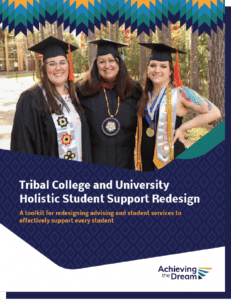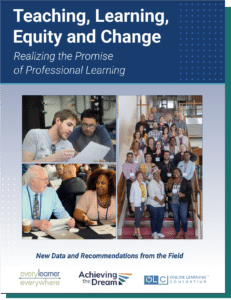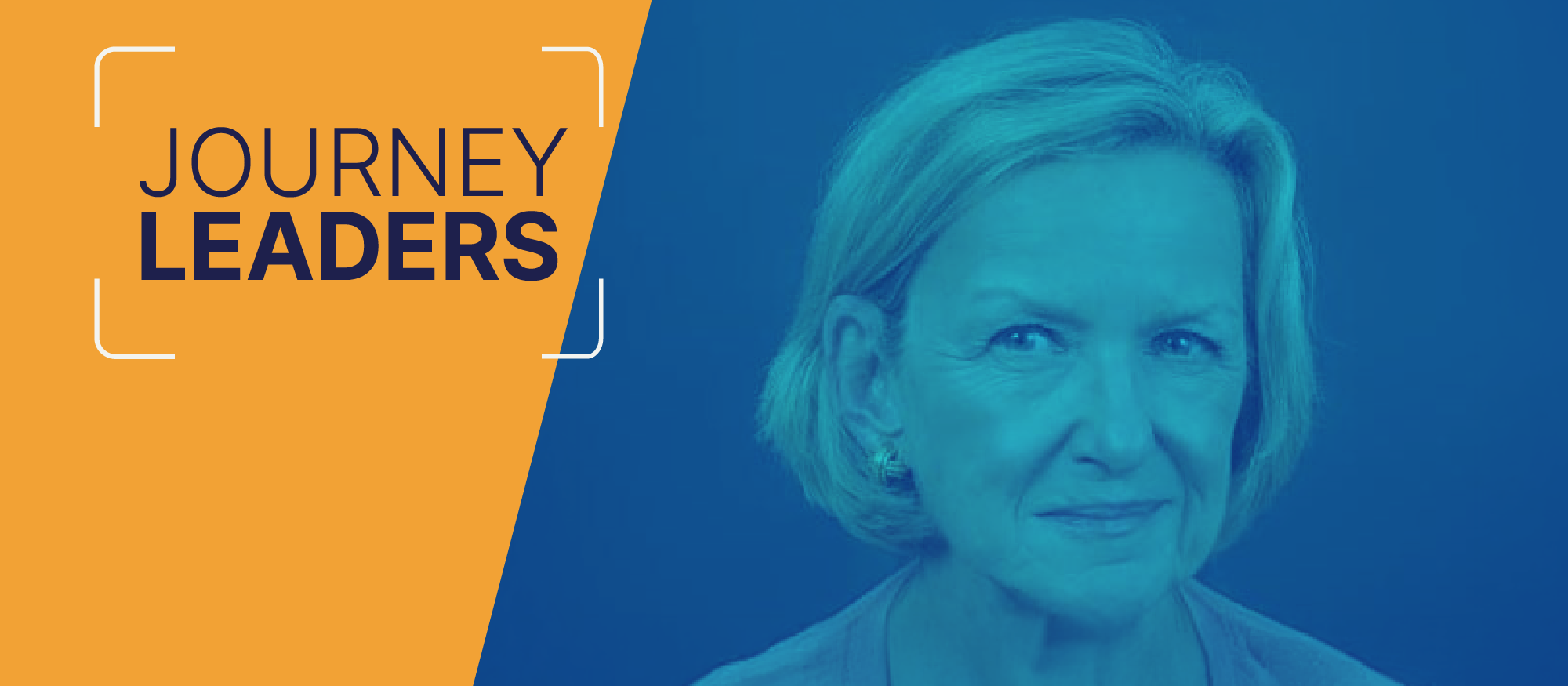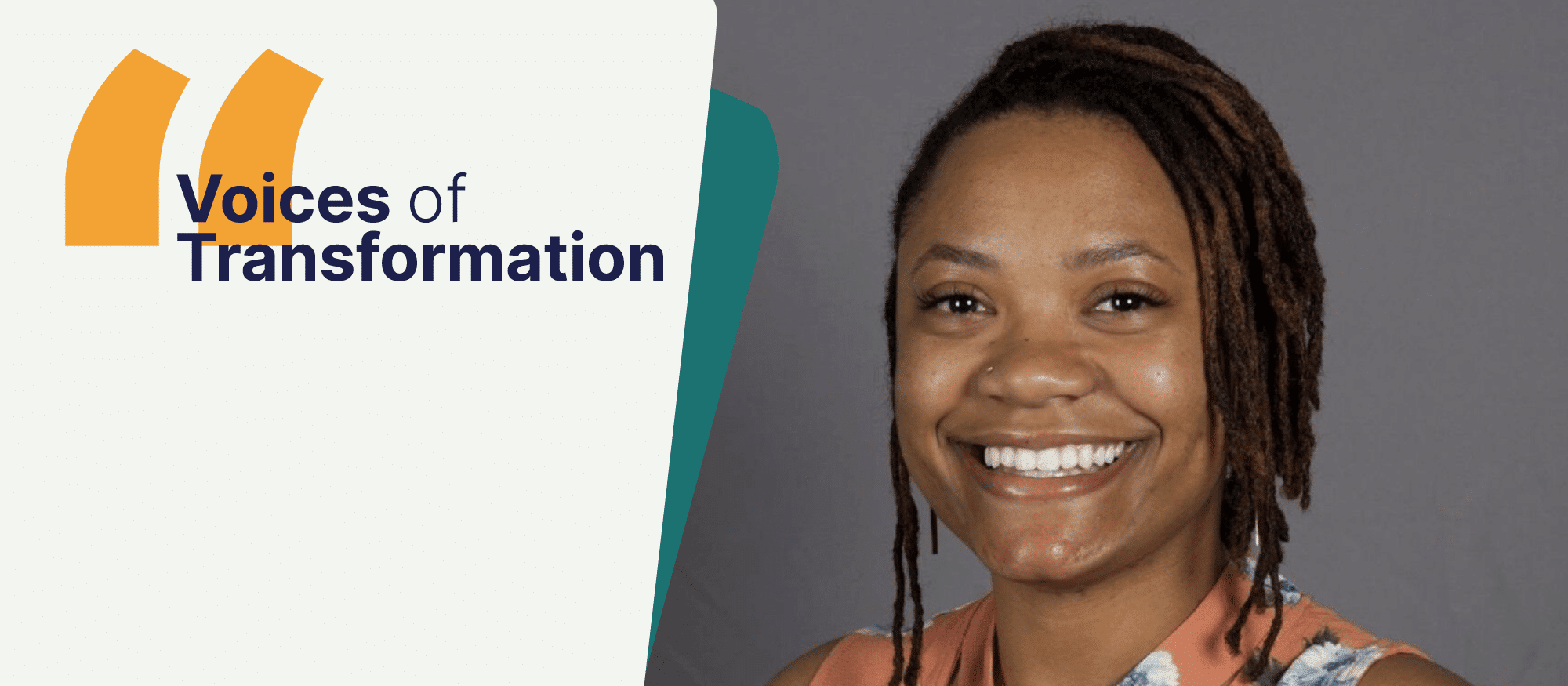Our staff and leaders at Achieving the Dream work year-round to support colleges and produce valuable resources that move the field forward. The work may not slow down over the summer, but the end of the academic year gives us a great opportunity to reflect on all that Team ATD has accomplished.
We are excited to share some of the key research and reports ATD has published or collaborated on this year. And because it’s the end of the year, we’ll give you an opportunity to gain some extra credit by rounding up our publications in the form of a quiz. (Don’t worry, it’s an easy pass.)
Test your knowledge with us — see what you remember from the past year, and catch up on anything you may have missed. Let’s dive in.
 Test your knowledge
Test your knowledge
The income of their parents.
—
For Tribal communities, higher education provides the opportunity to continue to build strong Nations, provide for a more skilled workforce, and enrich local economies. But the array of challenges awaiting lower-income or first-generation students and other historically underserved Native students are pervasive and generational.
In fall 2022, ATD published the Tribal College and University Holistic Student Support Redesign toolkit. This resource provides evidence-based tools, tips, and guides specifically tailored to support TCUs in their planning and execution of a more personal, seamless, and comprehensive support experience.
All of the above!
—
High-quality digital learning experiences are built on the principle of providing activities and materials that facilitate student success. In collaboration with Every Learner Everywhere, last fall ATD created a set of three digital learning instructional guides that offer faculty, professional learning professionals, and instructional designers guidance on the effective use of digital teaching and learning courseware.
Learn moreb. access to food, housing, child care, and transportation
“Indirect” college costs — such as access to food, housing, child care, and transportation — represent 60–80 percent of the total cost to attend college and can be prohibitive for many students.
—
Institutions that take a holistic approach to student services can help students manage these challenges and reach their goals. By creating strategic partnerships with external organizations, colleges can increase their capacity to meet the diverse needs of their students and build strong, vibrant communities.
ATD’s Strategic Partnerships for Holistic Student Supports Toolkit is designed to support colleges through the process of developing, implementing, and maintaining strong partnerships that help students, families, and communities thrive.
Funding.
Centers for teaching and learning (CTLs) offer significant benefits to college faculty. But as with many efforts taking place at community colleges, it can be challenging to secure resources or funding.
—
Recent research has demonstrated the power of professional learning (often called “faculty development”) when it comes to advancing equity and student success in higher education. But professional learning resources are often under-used, and centers for teaching and learning underfunded. ATD partnered with Every Learner Everywhere and the Online Learning Consortium to develop Teaching, Learning, Equity and Change: Realizing the Promise of Professional Learning, a research-based report published in January 2023 that provides actionable recommendations for equity-focused institutions.
d) all of the above.
Now more than ever, higher education serves as a major route to economic mobility for an increasingly diverse student population. Knowing our students requires an institution to pivot their data collection and use approaches to understand students as complex human beings with intersecting identities and experiences. A deep
understanding of the students an institution is serving is critical to this contextualization and to the design and implementation of other institutional efforts.
—
Today, there is no typical student. Enrollment of diverse students has increased over the past few decades, and student identities have changed from what was once considered “traditional.” In January 2023, ATD released an updated edition of the Knowing Our Students: Understanding & Designing for Success guidebook. The guide outlines steps colleges can take to identify who their students are and provides resources to help them better serve their communities.
a. True!
PLCs gain more together than they would have alone—student success from K–12 education through employment involves many stakeholders, institutions, and organizations. We can commit to supporting both individual and group growth by developing participants’ collaborative skills and critical thinking.
—
Community colleges have a special role to play as hubs of equity, economic mobility, and community vitality. One way colleges can fulfill this role is by convening partners at a regional level to create educational pathways that lead to positive life outcomes.
ATD created Cultivating Regional Professional Learning Communities: A Facilitator’s Guide to Supporting Student-Focused Partnerships to help college leaders build an effective professional learning community that examines and improves the student experience from high school through college and into employment.








